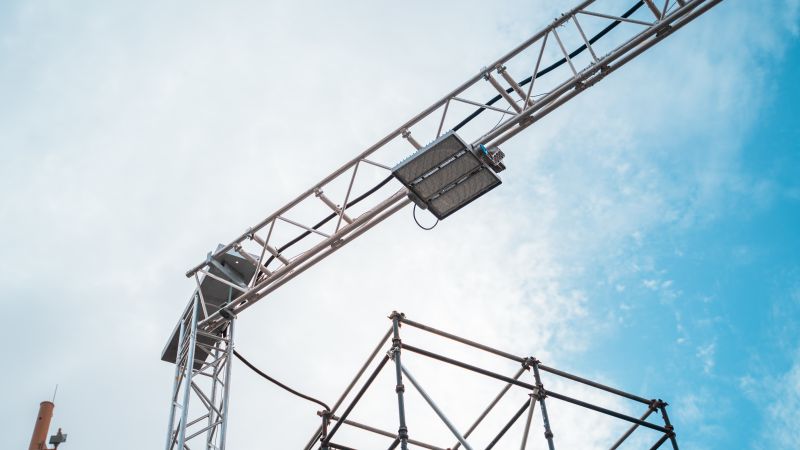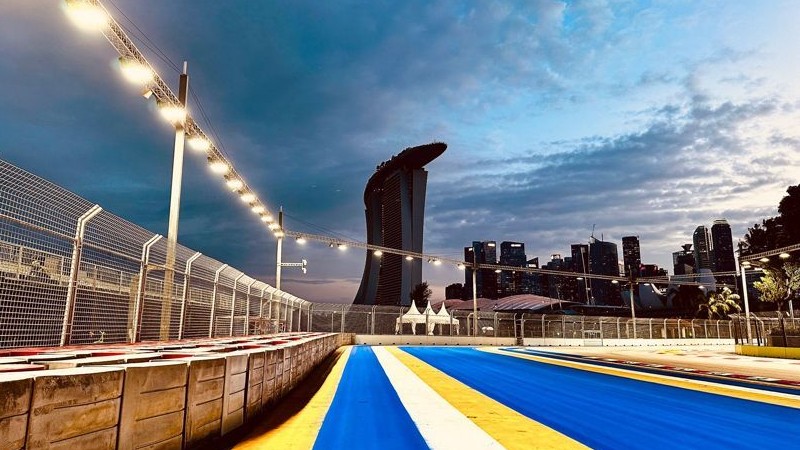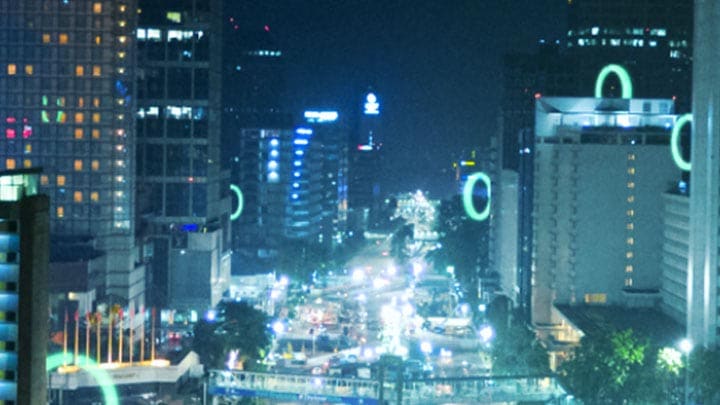Innovative lighting solution enhances the fan experience, consumes 30% less energy, and protects the night sky
Lighting the Marina Bay Street Circuit during night races is a complex task, with teams of engineers and technicians working tirelessly to ensure that everything is perfect. But the results are worth it: it’s one of the most hotly anticipated and visually thrilling races in the Formula 1 calendar, and a unique opportunity for Signify and DZ Engineering (DZE) to showcase their joint capabilities.
Preparation
Given the temporary nature of the Singapore Grand Prix circuit, the lighting installation for the 5 km track needs to be set up from scratch every year. In order to arrange the infrastructure for over 1,600 floodlights and more than 220 km of cables in time for the race, DZE usually begins preparing the installation months in advance.
After a schedule is drawn up, a maintenance team conducts a thorough inventory check at a storage facility in Tampines. This ensures that all the necessary equipment from the previous race is still present and in working order. Installation typically starts in mid-June, with the first lighting tests taking place by the end of August, all in time for the Grand Prix which is usually held at the end of September.
Safety
Formula 1 cars can easily hit more than 300km/h. The Fédération Internationale de l'Automobile (FIA), the governing body of motor sports, created guidelines dictating that every track’s lighting system must create a safe environment for drivers and officials. Visibility is key, so the right illumination is absolutely essential, which provides the perfect stage for Signify to demonstrate its expertise.
Assisted and supplied by Signify’s lighting experts, DZE installed over 1,600 Philips ArenaVision LED gen3.5 floodlights on trusses around the circuit, producing 75 times more light than a standard road lighting installation. In contrast to standard racetracks with permanent lighting systems installed at heights of 30 to 40 m, the Singapore Grand Prix uses a temporary installation on trusses at a height of 10 m, which do not interfere with the city skyline as would tall masts. The floodlights are positioned at strategic intervals along these trusses to ensure that the track receives bright, comfortable, and uniform light. The location, direction, and angle of each floodlight are also carefully adjusted to eliminate any shadows or glare that could affect drivers’ visibility.
The race lighting system is designed to replicate the conditions of natural daylight, with a color temperature of 5700 K and an excellent color rendering score of 90. The right quantity, quality, and uniformity of light helps drivers to see the track clearly, without needing to wait for their eyes adapt to changes in brightness. In fact, given the incredibly high speeds at which drivers must react to their environment, the FIA considers uniformity of illumination to be more important than absolute illumination levels, as inconsistent lighting could hamper drivers’ ability to accurately judge their speed and distance from other cars, increasing the likelihood of accidents.
Quality
The right light is not only essential for the safety of the drivers, but it also adds to the aesthetic appeal of the race, creating a stunning visual experience for spectators, both those watching live at the track and via television all over the world.
For televised events, consistency and quality of light are of utmost importance. Track lighting must be uniform and reliable so that broadcasters can capture high-quality images and video for audiences at home.
Signify’s LED lighting system supports the latest TV broadcasting standards regarding glare and visible flicker. This allows broadcasters to perfectly capture the high-speed action against the backdrop of the city's unique skyline, ensuring that the view of the track can be enjoyed by Formula 1 fans everywhere.






